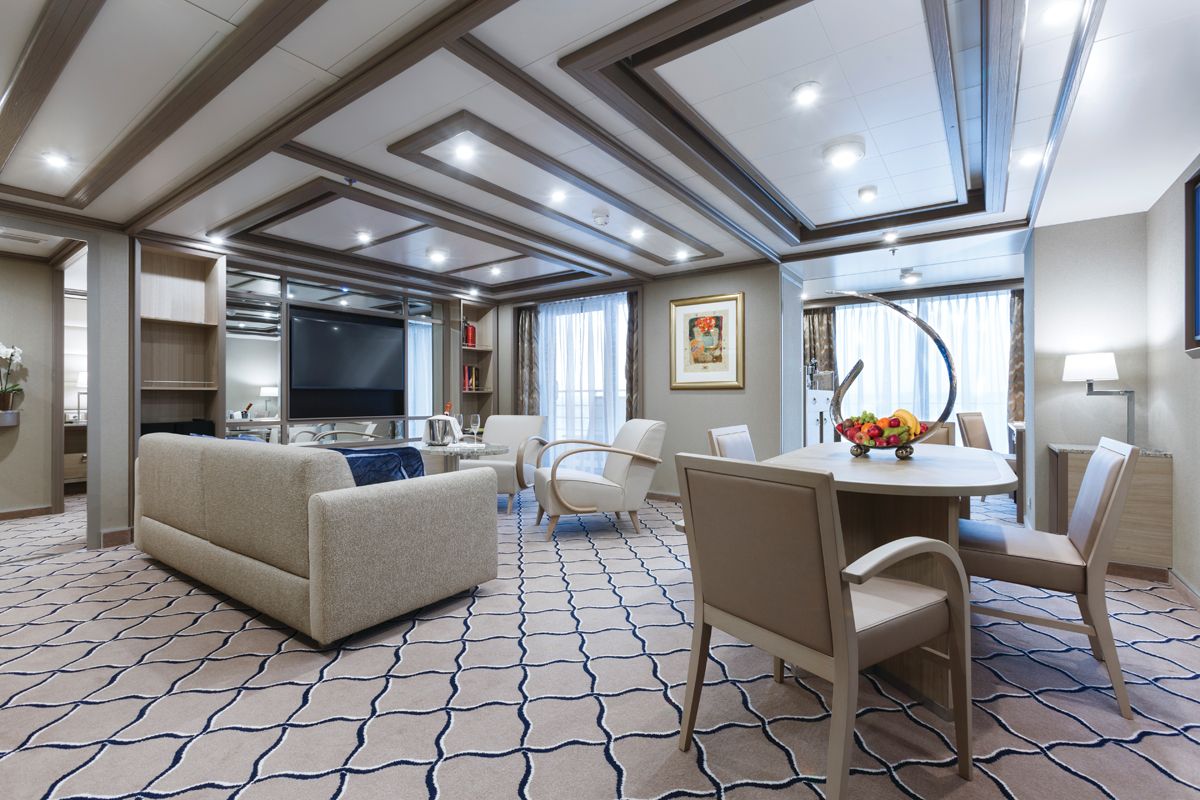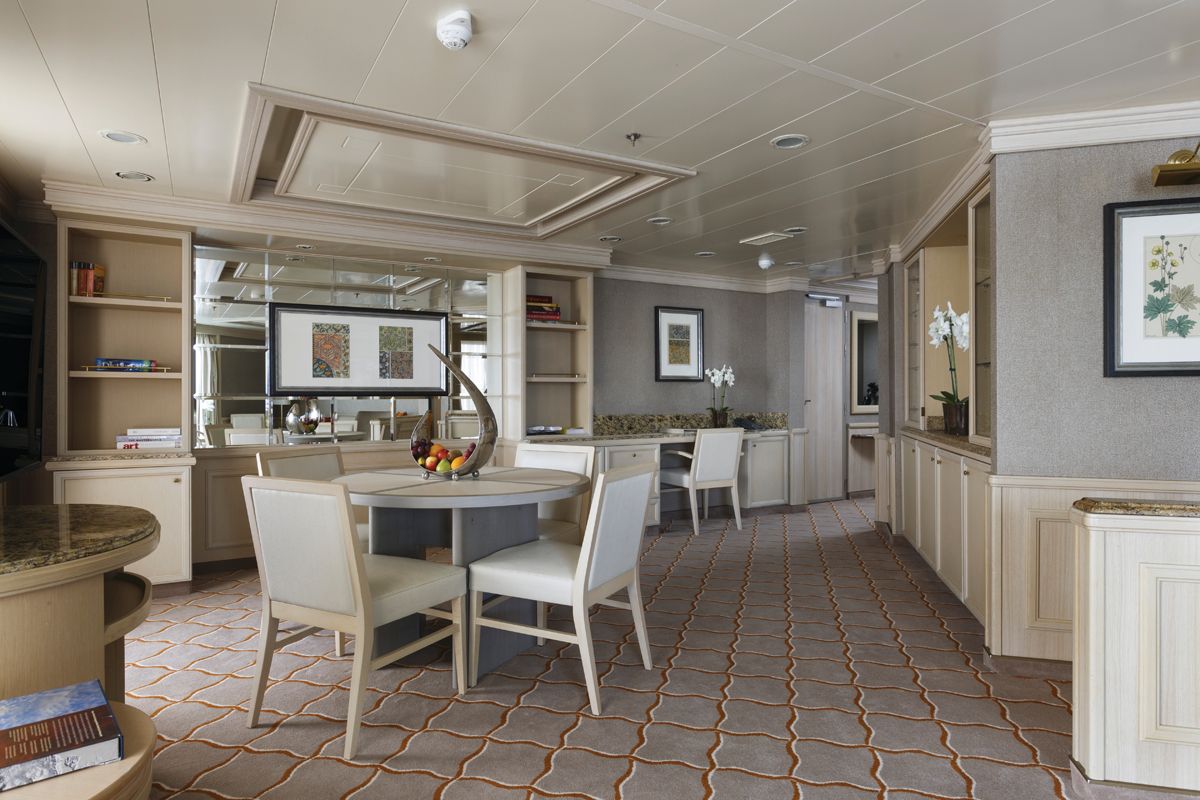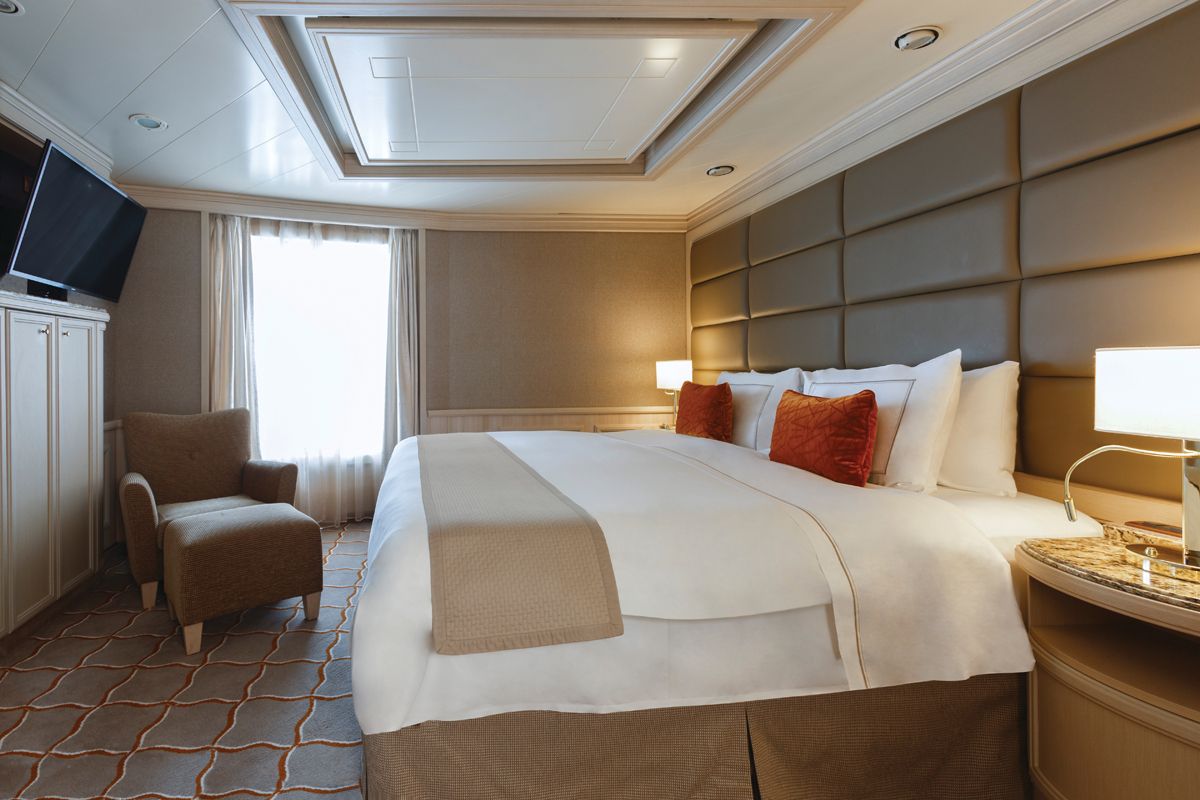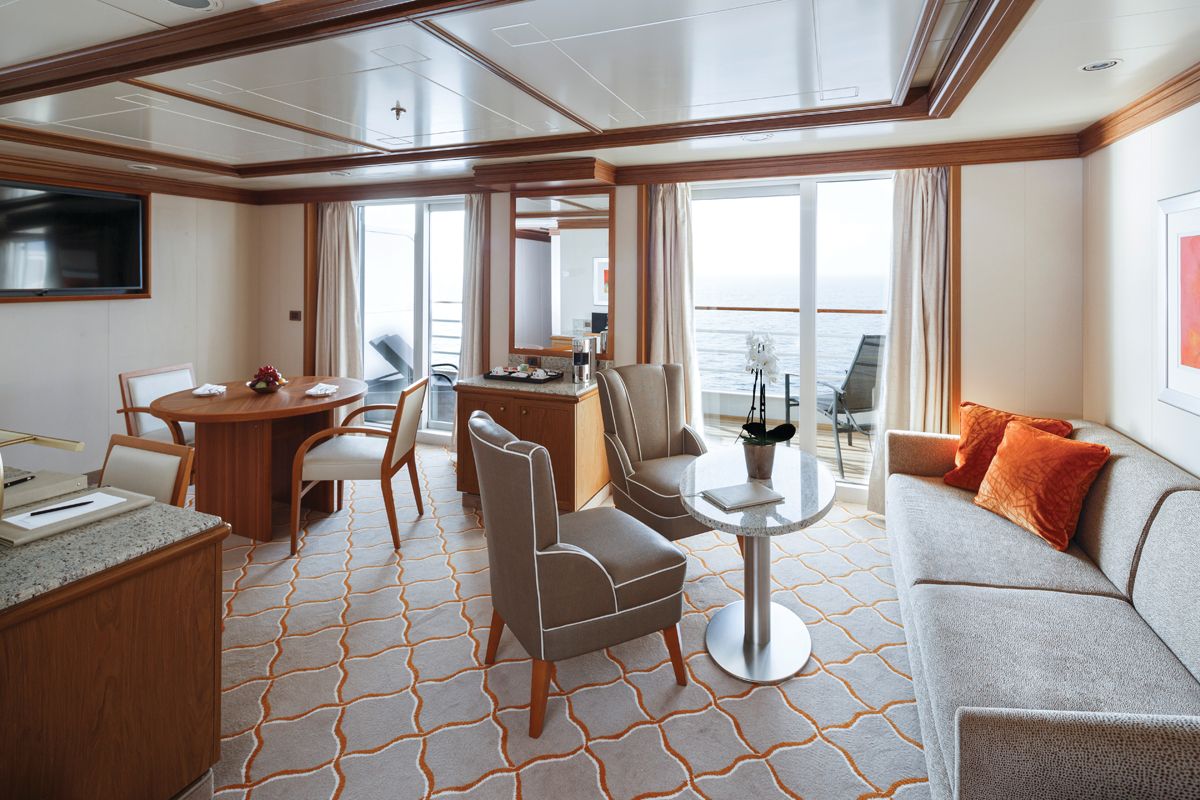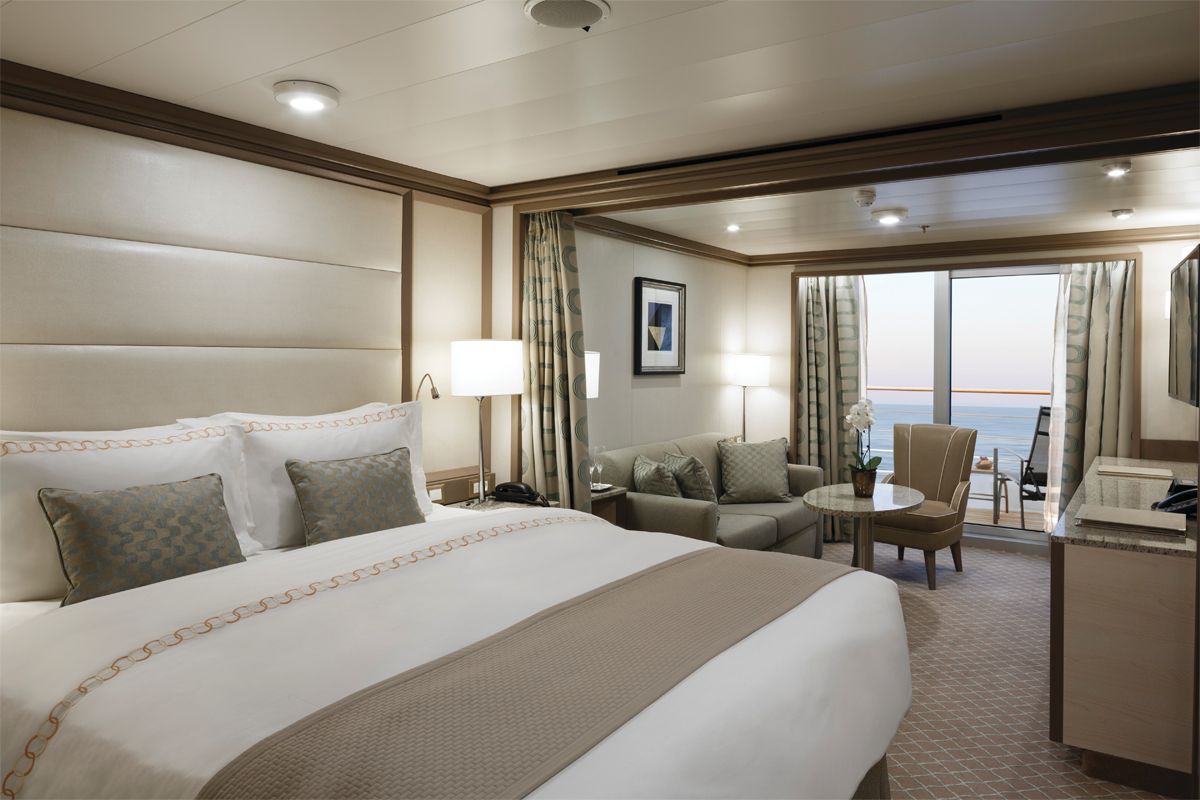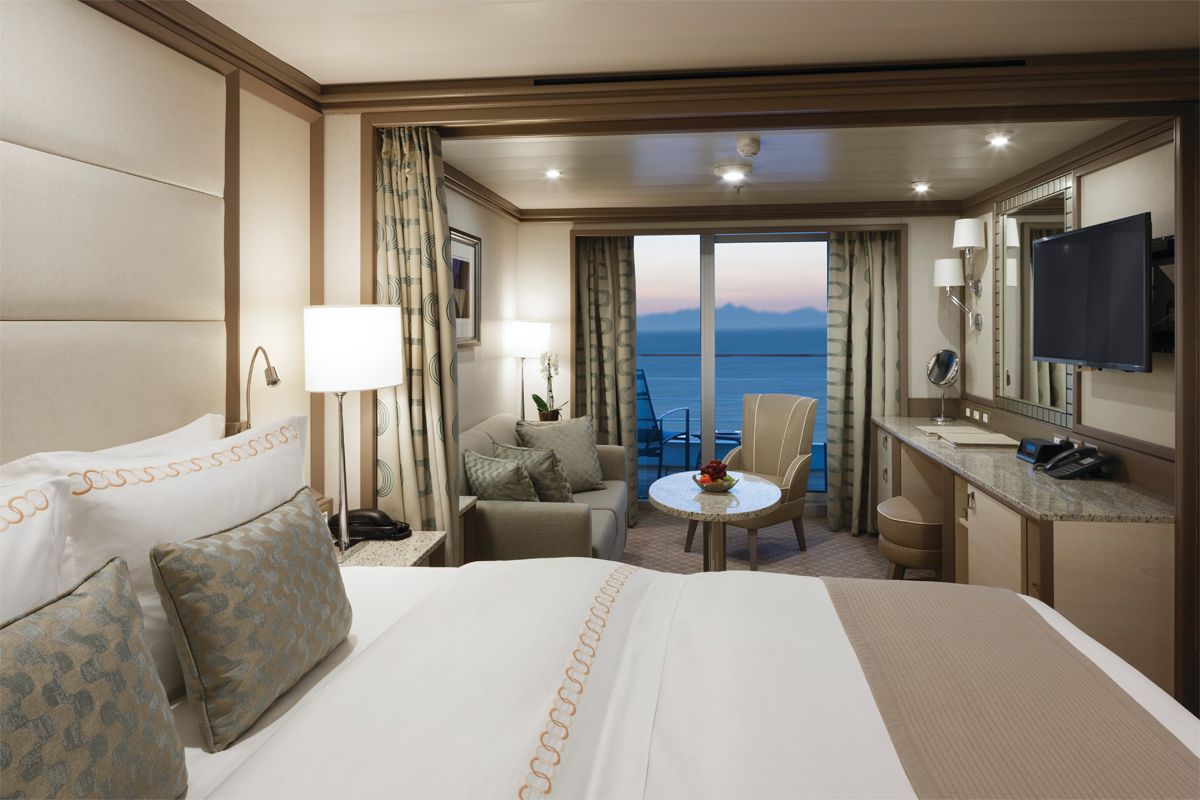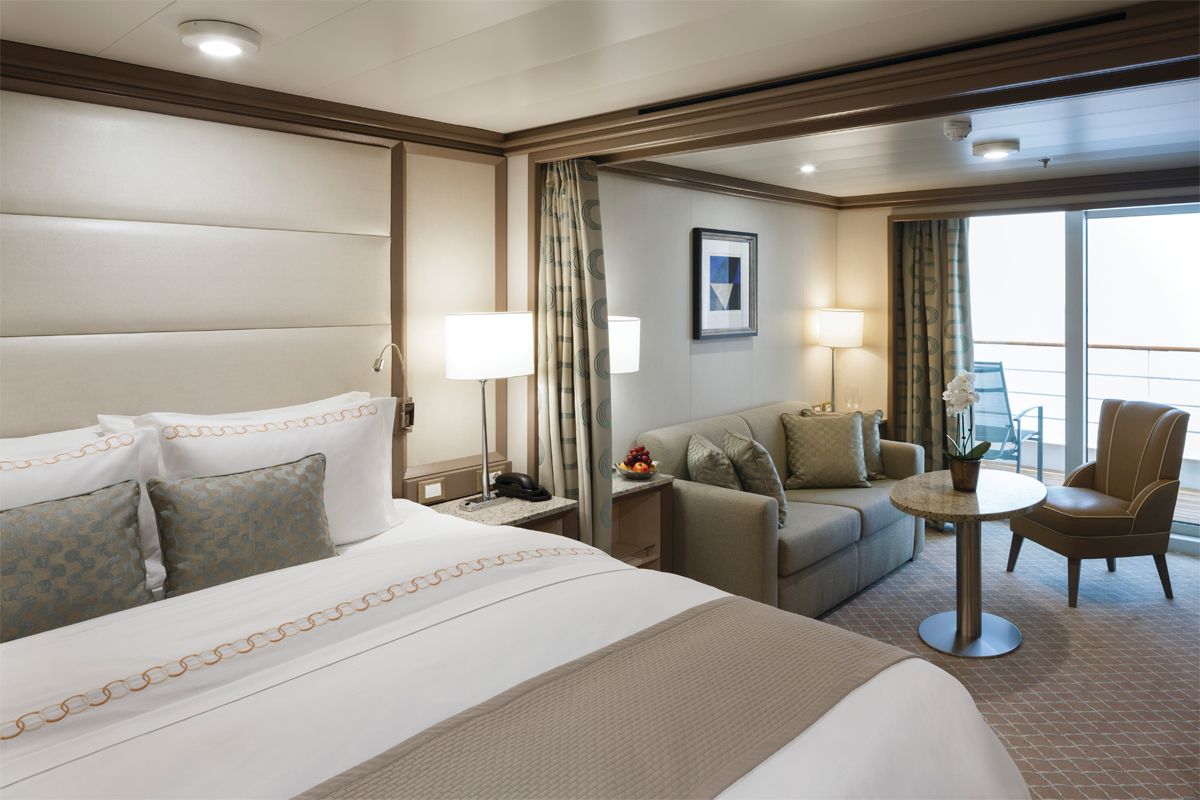

Go beyond your boundaries and explore the world as never before.
The infinite variety of street life, the nooks and crannies of the medieval Barri Gòtic, the ceramic tile and stained glass of Art Nouveau facades, the art and music, the throb of street life, the food (ah, the food!)—one way or another, Barcelona will find a way to get your full attention. The capital of Catalonia is a banquet for the senses, with its beguiling mix of ancient and modern architecture, tempting cafés and markets, and sun-drenched Mediterranean beaches. A stroll along La Rambla and through waterfront Barceloneta, as well as a tour of Gaudí's majestic Sagrada Famíliaand his other unique creations, are part of a visit to Spain's second-largest city. Modern art museums and chic shops call for attention, too. Barcelona's vibe stays lively well into the night, when you can linger over regional wine and cuisine at buzzing tapas bars.
Málaga is one of southern Spain’s most welcoming and happening cities, and it more than justifies a visit. Visitor figures have soared since the Museo Picasso opened in 2003 and a new cruise-ship terminal opened in 2011, and much of the city has had a well-earned face-lift, with many of its historic buildings restored or undergoing restoration. The area between the river and the port is being spruced up and transformed into the Málaga Arte Urbano Soho (MAUS Art District), and in 2015 three new art museums opened, underlining the city's aim to become one of southern Europe's centers for art. Alongside all this rejuvenation, some great shops, and lively bars and restaurants have sprung up all over the center.
True, the approach from the airport certainly isn’t that pretty, and you'll be greeted by huge 1970s high-rises that march determinedly toward Torremolinos. But don’t give up: in its center and eastern suburbs, this city of about 550,000 people is a pleasant port, with ancient streets and lovely villas amid exotic foliage. Blessed with a subtropical climate, it's covered in lush vegetation and averages some 324 days of sunshine a year.
Central Málaga lies between the Guadalmedina River and the port, and the city’s main attractions are all here. The Centro de Arte Contemporáneo sits next to the river; to the east lies the MAUS district, slowly being hoisted from its former seedy red-light reputation to a vibrant cultural hub with galleries and up-and-coming restaurants. Around La Alameda boulevard, with its giant weeping fig trees, is old-town Málaga: elegant squares, pedestrian shopping streets such as Calle Marqués de Larios, and the major monuments, which are often tucked away in labyrinthine alleys.
Eastern Málaga starts with the pleasant suburbs of El Palo and Pedregalejo, once traditional fishing villages. Here you can eat fresh fish in the numerous chiringuitos and stroll Pedregalejo's seafront promenade or the tree-lined streets of El Limonar. A few blocks inland is Málaga's bullring, La Malagueta, built in 1874, and continuing west, Muelle Uno (port-front commercial center), whose striking glass cube is now home to the Centre Pompidou. It's great for a drink and for soaking up views of the old quarter.
With the Atlantic Ocean on three sides, Cádiz is a bustling town that's been shaped by a variety of cultures, and has the varied architecture to prove it. Founded as Gadir by Phoenician traders in 1100 BC, Cádiz claims to be the oldest continuously inhabited city in the Western world. Hannibal lived in Cádiz for a time, Julius Caesar first held public office here, and Columbus set out from here on his second voyage, after which the city became the home base of the Spanish fleet. In the 18th century, when the Guadalquivir silted up, Cádiz monopolized New World trade and became the wealthiest port in Western Europe. Most of its buildings—including the cathedral, built in part with wealth generated by gold and silver from the New World—date from this period. The old city is African in appearance and immensely intriguing—a cluster of narrow streets opening onto charming small squares.
Spread over a string of seven hills north of the Rio Tejo (Tagus River) estuary, Lisbon presents an intriguing variety of faces to those who negotiate its switchback streets. In the oldest neighborhoods, stepped alleys whose street pattern dates back to Moorish times are lined with pastel-color houses decked with laundry; here and there, miradouros (vantage points) afford spectacular river or city views. In the grand 18th-century center, calçada à portuguesa (black-and-white mosaic cobblestone) sidewalks border wide boulevards. Elétricos (trams) clank through the streets, and blue-and-white azulejos (painted and glazed ceramic tiles) adorn churches, restaurants, and fountains.
Of course, parts of Lisbon lack charm. Even some downtown areas have lost their classic Portuguese appearance as the city has become more cosmopolitan: shiny office blocks have replaced some 19th- and 20th-century art nouveau buildings. And centenarian trams share the streets with "fast trams" and noisy automobiles.
Lisbon bears the mark of an incredible heritage with laid-back pride. In preparing to host the 1998 World Exposition, Lisbon spruced up public buildings, overhauled its subway system, and completed an impressive second bridge across the river. Today the former Expo site is an expansive riverfront development known as Parque das Nações, and the city is a popular port of call for cruises, whose passengers disembark onto a revitalized waterfront. Downtown, all the main squares have been overhauled one by one.
In its heyday in the 16th century, Lisbon was a pioneer of the first wave of globalization. Now, the empire is striking back, with Brazilians and people from the former Portuguese colonies in Africa enriching the city’s ethnic mix. There are also more than a few people from other European countries who are rapidly becoming integrated.
But Lisbon's intrinsic, slightly disorganized, one-of-a-kind charm hasn't vanished in the contemporary mix. Lisboetas (people from Lisbon) are at ease pulling up café chairs and perusing newspapers against any backdrop, whether it reflects the progress and commerce of today or the riches that once poured in from Asia, South America, and Africa. And quiet courtyards and sweeping viewpoints are never far away.
Despite rising prosperity (and costs) since Portugal entered the European Community in 1986, and the more recent tourism boom, prices for most goods and services are still lower than most other European countries. You can still find affordable places to eat and stay, and with distances between major sights fairly small, taxis are astonishingly cheap. All this means that Lisbon is not only a treasure chest of historical monuments, but also a place where you won’t use up all your own hard-earned treasure.
Time in Bilbao (Bilbo, in Euskera) may be recorded as BG or AG (Before Guggenheim or After Guggenheim). Never has a single monument of art and architecture so radically changed a city. Frank Gehry's stunning museum, Norman Foster's sleek subway system, the Santiago Calatrava glass footbridge and airport, the leafy César Pelli Abandoibarra park and commercial complex next to the Guggenheim, and the Philippe Starck AlhóndigaBilbao cultural center have contributed to an unprecedented cultural revolution in what was once the industry capital of the Basque Country.
Greater Bilbao contains almost 1 million inhabitants, nearly half the total population of the Basque Country. Founded in 1300 by Vizcayan noble Diego López de Haro, Bilbao became an industrial center in the mid-19th century, largely because of the abundance of minerals in the surrounding hills. An affluent industrial class grew up here, as did the working class in suburbs that line the Margen Izquierda (Left Bank) of the Nervión estuary.
Bilbao's new attractions get more press, but the city's old treasures still quietly line the banks of the rust-color Nervión River. The Casco Viejo (Old Quarter)—also known as Siete Calles (Seven Streets)—is a charming jumble of shops, bars, and restaurants on the river's Right Bank, near the Puente del Arenal bridge. This elegant proto-Bilbao nucleus was carefully restored after devastating floods in 1983. Throughout the Casco Viejo are ancient mansions emblazoned with family coats of arms, wooden doors, and fine ironwork balconies. The most interesting square is the 64-arch Plaza Nueva, where an outdoor market is pitched every Sunday morning.
Walking the banks of the Nervión is a satisfying jaunt. After all, this was how—while out on a morning jog—Guggenheim director Thomas Krens first discovered the perfect spot for his project, nearly opposite the right bank's Deusto University. From the Palacio de Euskalduna upstream to the colossal Mercado de la Ribera, parks and green zones line the river. César Pelli's Abandoibarra project fills in the half mile between the Guggenheim and the Euskalduna bridge with a series of parks, the Deusto University library, the Meliá Bilbao Hotel, and a major shopping center.
On the left bank, the wide, late-19th-century boulevards of the Ensanche neighborhood, such as Gran Vía (the main shopping artery) and Alameda de Mazarredo, are the city's more formal face. Bilbao's cultural institutions include, along with the Guggenheim, a major museum of fine arts (the Museo de Bellas Artes) and an opera society (Asociación Bilbaína de Amigos de la Ópera, or ABAO) with 7,000 members from Spain and southern France. In addition, epicureans have long ranked Bilbao's culinary offerings among the best in Spain. Don't miss a chance to ride the trolley line, the Euskotram, for a trip along the river from Atxuri Station to Basurto's San Mamés soccer stadium, reverently dubbed "la Catedral del Fútbol" (the Cathedral of Football).
Bordeaux as a whole, rather than any particular points within it, is what you'll want to visit in order to understand why Victor Hugo described it as Versailles plus Antwerp, and why the painter Francisco de Goya, when exiled from his native Spain, chose it as his last home (he died here in 1828). The capital of southwest France and the region's largest city, Bordeaux remains synonymous with the wine trade: wine shippers have long maintained their headquarters along the banks of the Garonne, while buyers from around the world arrive for the huge biennial Vinexpo show (held in odd-number years).
Bordeaux is, admittedly, a less exuberant city than many others in France, but lively and stylish elements are making a dent in its conservative veneer. The cleaned-up riverfront is said by some, after a bottle or two, to exude an elegance reminiscent of St. Petersburg, and that aura of 18th-century élan also permeates the historic downtown sector—“le vieux Bordeaux"—where fine shops invite exploration. To the south of the city center are old docklands undergoing renewal—one train station has now been transformed into a big multiplex movie theater—but the area is still a bit shady. To get a feel for the historic port of Bordeaux, take the 90-minute boat trip that leaves Quai Louis-XVIII every weekday afternoon, or the regular passenger ferry that plies the Garonne between Quai Richelieu and the Pont d'Aquitaine in summer. A nice time to stroll around the city center is the first Sunday of the month, when it's pedestrian-only and vehicles are banned.
Bordeaux as a whole, rather than any particular points within it, is what you'll want to visit in order to understand why Victor Hugo described it as Versailles plus Antwerp, and why the painter Francisco de Goya, when exiled from his native Spain, chose it as his last home (he died here in 1828). The capital of southwest France and the region's largest city, Bordeaux remains synonymous with the wine trade: wine shippers have long maintained their headquarters along the banks of the Garonne, while buyers from around the world arrive for the huge biennial Vinexpo show (held in odd-number years).
Bordeaux is, admittedly, a less exuberant city than many others in France, but lively and stylish elements are making a dent in its conservative veneer. The cleaned-up riverfront is said by some, after a bottle or two, to exude an elegance reminiscent of St. Petersburg, and that aura of 18th-century élan also permeates the historic downtown sector—“le vieux Bordeaux"—where fine shops invite exploration. To the south of the city center are old docklands undergoing renewal—one train station has now been transformed into a big multiplex movie theater—but the area is still a bit shady. To get a feel for the historic port of Bordeaux, take the 90-minute boat trip that leaves Quai Louis-XVIII every weekday afternoon, or the regular passenger ferry that plies the Garonne between Quai Richelieu and the Pont d'Aquitaine in summer. A nice time to stroll around the city center is the first Sunday of the month, when it's pedestrian-only and vehicles are banned.
Thrust out into the sea and bound to the mainland only by tenuous man-made causeways, romantic St-Malo has built a reputation as a breeding ground for phenomenal sailors. Many were fishermen, but others—most notably Jacques Cartier, who claimed Canada for Francis I in 1534—were New World explorers. Still others were corsairs, "sea dogs" paid by the French crown to harass the Limeys across the Channel: legendary ones like Robert Surcouf and Duguay-Trouin helped make St-Malo rich through their pillaging, in the process earning it the nickname "the pirates' city." The St-Malo you see today isn’t quite the one they called home because a weeklong fire in 1944, kindled by retreating Nazis, wiped out nearly all of the old buildings. Restoration work was more painstaking than brilliant, but the narrow streets and granite houses of the Vieille Ville were satisfactorily recreated, enabling St-Malo to regain its role as a busy fishing port, seaside resort, and tourist destination. The ramparts that help define this city figuratively and literally are authentic, and the flames also spared houses along Rue de Pelicot in the Vieille Ville. Battalions of tourists invade this quaint part of town in summer, so arrive off-season if you want to avoid crowds.
Cobblestone streets, blooming floral displays, and tiny churches welcome you to this wonderfully pretty harbour. The town of St Peter Port is as pretty as they come, with glowing flower displays painting practically every street corner and window-ledge with colour. As the capital, and main port of Guernsey, St Peter Port puts all of the island’s gorgeous beaches, wonderful history and inspiring stories at your fingertips. Feel the gut punch of the midday gun firing at Castle Cornet, which stands guard over one of the world's prettiest ports. This 800-year-old, Medieval castle offers staggering views of the harbour from its imposing, craggy island location, and you can look out across to the looming shorelines of the other Channel Islands from its weathered battlements. With four well-tended gardens, and five museums offering a rich overview of Guernsey's history, you’ll want to leave a few hours aside to explore the many treasures that lie within the castle’s walls.
Southampton is England's leading passenger port. It is rich in historic embarkations, from Henry V's fleet bound for France and the battle of Agincourt to the Mayflower, the ill-fated Titanic, and the maiden voyages of the great ocean liners of the 20th century such as the Queen Mary and the Queen Elizabeth 2. Parts of the town center can seem mundane, having been hastily rebuilt after World War II bombing, but bits of the city's history emerge from between modern buildings. The Old Town retains its medieval feel, and some remnants of the old castellated town walls remain. Other attractions include a decent art gallery, extensive parks, and a couple of good museums. The Southampton Boat Show, a 10-day event in mid-September, draws huge crowds.
World Cruise Finder's suites are some of the most spacious in luxury cruising.
Request a Quote - guests who book early are rewarded with the best fares and ability to select their desired suite.
